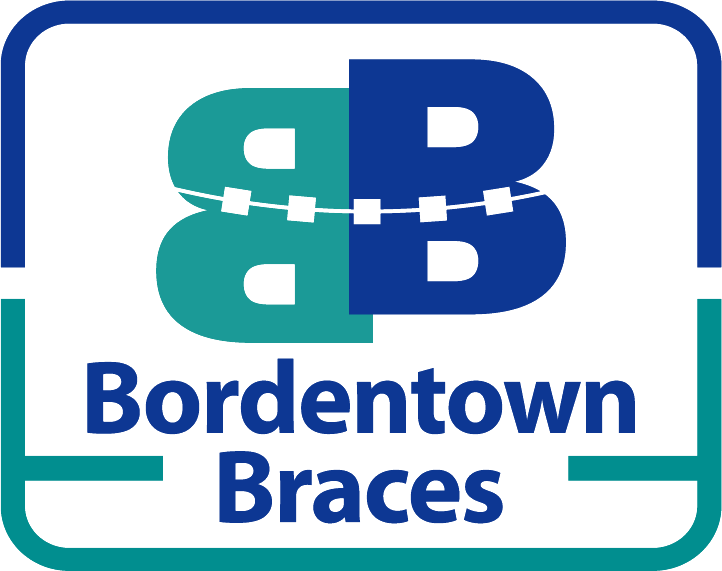
9 Tips and Insights for Adolescent Braces
Adolescent braces are a crucial component of dental health during the teenage years. As adolescents undergo significant physical and emotional changes, orthodontic intervention through adolescent braces becomes increasingly common.
In this article, we will explore nine invaluable tips and insights designed to help parents and teenagers navigate the world of adolescent braces. From understanding the dental issues these braces address to choosing the right type, preparing for the journey, and managing daily life, we’ll provide essential guidance. Additionally, we’ll discuss the financial considerations, emotional impact, and technological advancements in adolescent braces while offering valuable advice to ensure effective treatment. Let’s start on this journey toward a healthier, more confident smile.
Choosing the Right Braces for Your Teen
When it comes to selecting the right braces for your teenager, there are several key insights to consider. Firstly, understanding your teen’s specific dental needs is paramount. Consult with an experienced orthodontist to assess whether traditional braces, clear aligners, or other options are the best fit.
Secondly, factor in your teenager’s lifestyle and preferences. For active teens, options like Invisalign may be more suitable due to their flexibility and comfort. Additionally, consider the appearance of the braces; many teens prefer discreet options.
Finally, don’t forget to discuss insurance coverage and payment plans to ensure that the chosen braces align with your budget. By considering these insights, you can make an informed decision that promotes your teenager’s oral health and confidence.
Preparing for Adolescent Braces
To ensure a smooth transition into orthodontic treatment, both teenagers and their parents can take proactive measures. Mentally preparing your teenager involves open and honest communication about the process, its duration, and expected discomfort. Addressing any concerns or anxieties will help alleviate apprehensions. Emphasize the positive aspects of adolescent braces, highlighting the benefits of a confident smile and improved dental health.
Physical preparation includes maintaining good oral hygiene habits before braces are placed. Encourage your teenager to brush and floss regularly, as well as schedule a dental checkup. It’s also advisable to stock up on soft foods and pain relief options to ease initial discomfort.
Daily Life with Braces
Maintaining excellent oral hygiene is paramount. Encourage your teenager to brush and floss meticulously to prevent food particles from getting trapped in the braces.
Dietary choices should also be considered. Soft foods are easier to manage initially, and avoiding sticky or hard items can prevent damage to the braces. Teenagers can adapt their eating habits while enjoying a balanced diet.
Participation in sports and physical activities is still possible with adolescent braces, but it’s advisable to wear a protective mouthguard. Additionally, being mindful of potential discomfort and practicing patience are crucial aspects of daily life with braces.
The Financial Aspect of Adolescent Braces
The cost of adolescent braces can vary depending on factors like the type of braces chosen and the complexity of the case. On average, traditional metal braces typically range from $3,000 to $7,000, with some cases exceeding this range. Ceramic braces, which are less noticeable than metal braces, may have a slightly higher cost, ranging from $4,000 to $8,000 or more. Invisalign, a popular clear aligner system, can range from $3,000 to $8,000 or more, depending on the length of treatment.
Insights on Adult Braces
The distinction between adolescent braces and adult braces lies in the timing of orthodontic treatment and the specific dental issues addressed. Adolescent braces, also known as “teen braces,” focus on correcting common teenage dental problems, such as misalignment, overcrowding, and bite irregularities.
In contrast, “adult braces” come into play when orthodontic treatment is initiated later in life, often to address issues that have persisted since adolescence or have developed over time.
The Emotional Aspects of Adolescent Orthodontics
As they undergo physical changes, self-esteem and body image can become sensitive areas. Initially, some teens may feel self-conscious about their braces. However, it’s essential to emphasize the positive outcome and the long-term benefits that come with adolescent braces.
The emotional journey of teen braces often involves a period of adjustment, where teenagers learn to embrace their braces as a step towards a confident smile. Parents play a crucial role in offering support and encouragement during this phase. As treatment progresses, increased self-confidence often accompanies the visible improvements in their smile, contributing to a positive emotional outcome.
Transitioning from Kid Braces to Adolescent Braces
While kid braces primarily focus on early intervention for dental issues like spacing and alignment, adolescent braces come into play during the teenage years to address more complex concerns.
This transition involves a shift in approach, treatment strategies, and sometimes even the type of braces used. Adolescent braces often require more comprehensive orthodontic care, with a focus on achieving the ideal alignment and bite for a confident, long-lasting smile.
Technological Advances in Adolescent Braces
One notable advancement is the use of digital impressions, replacing traditional molds for a more comfortable experience.
Clear aligner systems, such as Invisalign, employ 3D modeling and computer-aided design to create customized treatment plans, reducing treatment time. Additionally, the introduction of heat-activated wires in traditional braces minimizes discomfort.
Digital monitoring tools allow orthodontists to track progress remotely, reducing the frequency of in-office visits. These technological breakthroughs not only enhance the orthodontic experience but also contribute to more predictable and successful outcomes.
Common Mistakes to Avoid with Adolescent Braces
One common mistake is neglecting proper oral hygiene. Failing to maintain a rigorous brushing and flossing routine can lead to plaque buildup, staining, and even tooth decay.
Another mistake is not following dietary recommendations. Chewing on hard or sticky foods can damage braces or prolong treatment. Skipping orthodontic appointments is also a common error, as it can slow down progress.
Inconsistent wear of elastics or other prescribed orthodontic appliances can lead to treatment delays. Lastly, ignoring discomfort or pain can hinder the overall experience.
Final Thoughts
Adolescent braces are a transformative journey towards a healthier, more confident smile. To ensure a successful orthodontic experience, avoid common mistakes and embrace technological advancements. For personalized guidance, consult Bordentown Braces. Take the first step towards your teenager’s dental well-being – schedule a consultation with us today!
